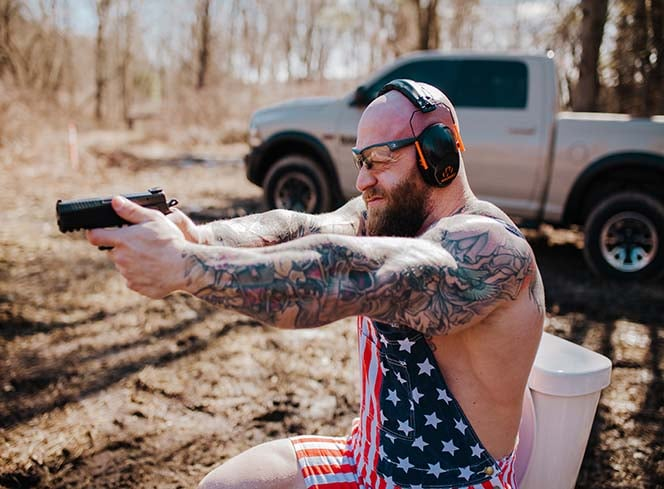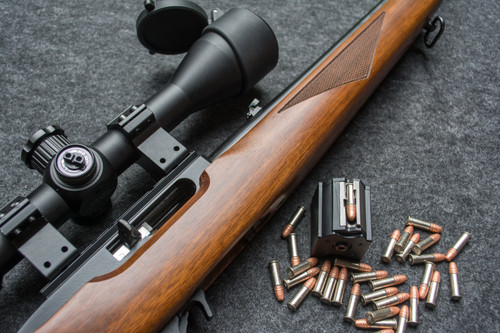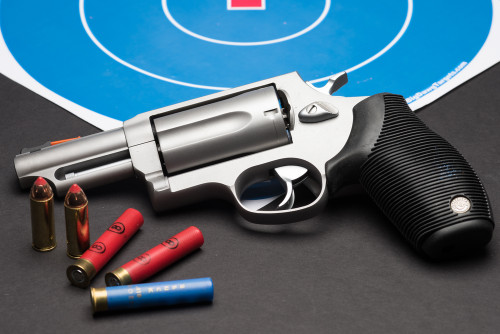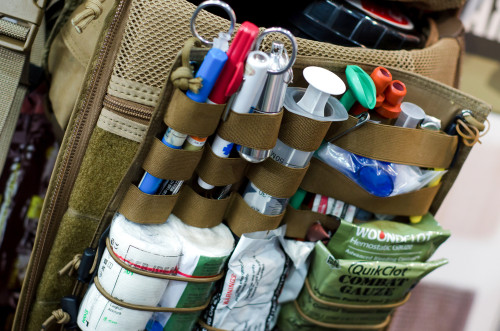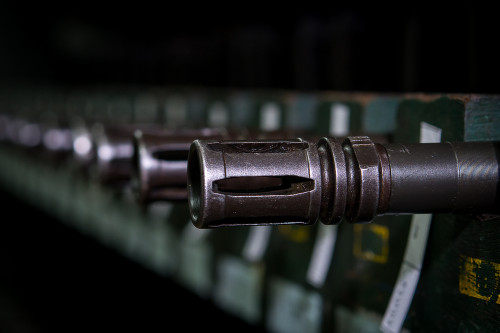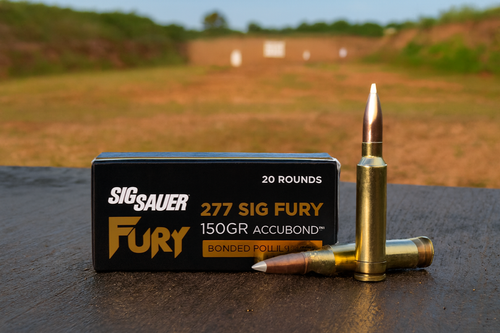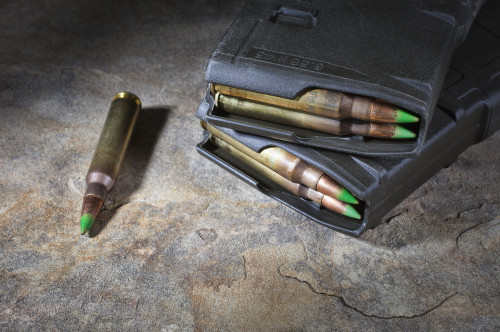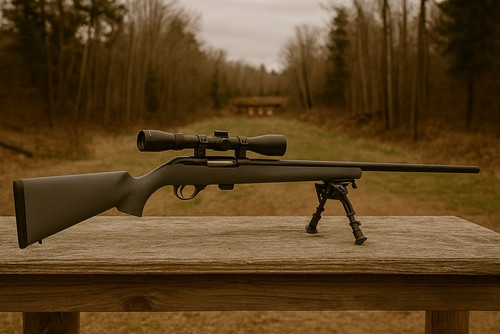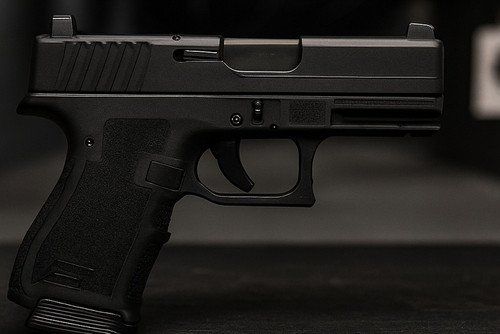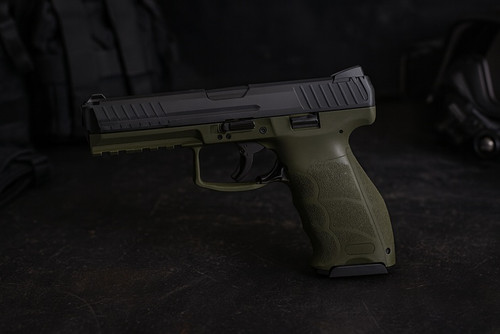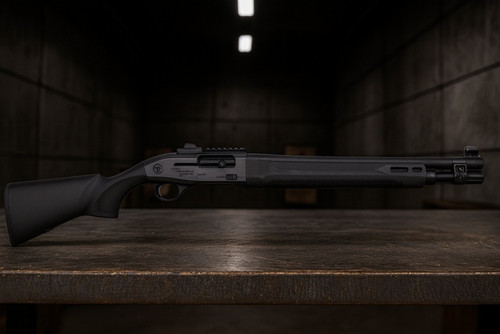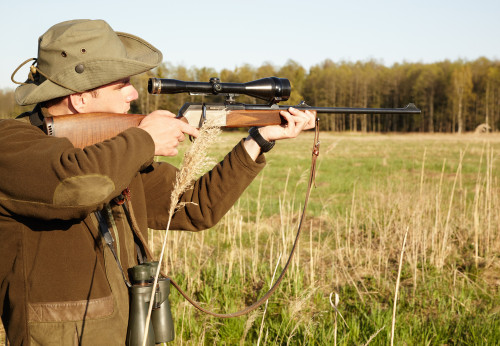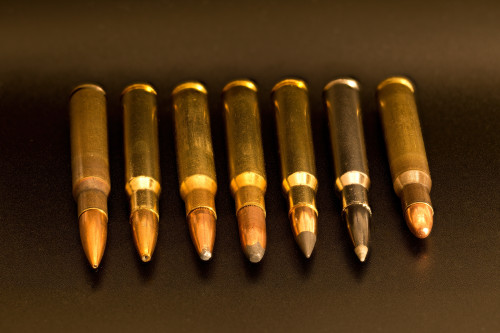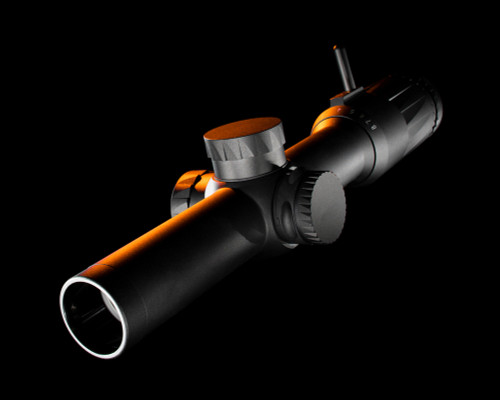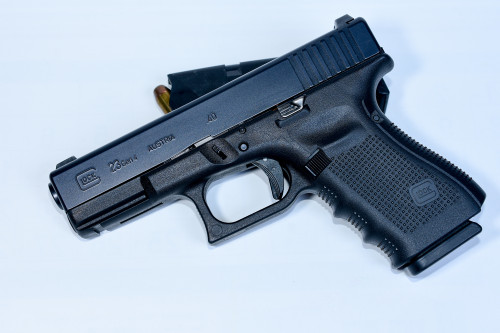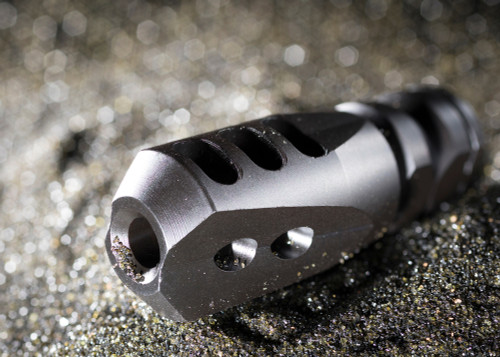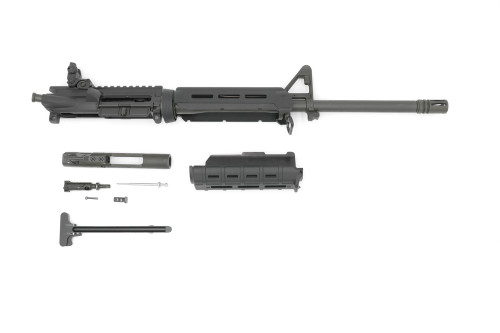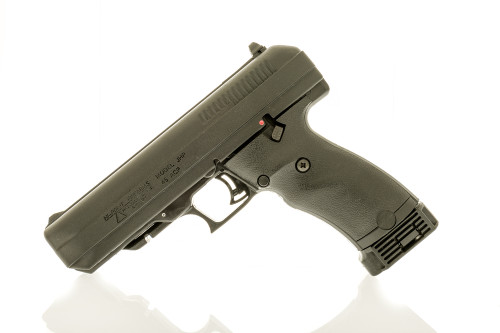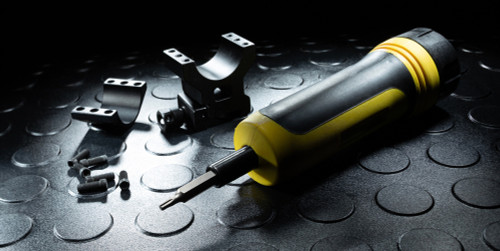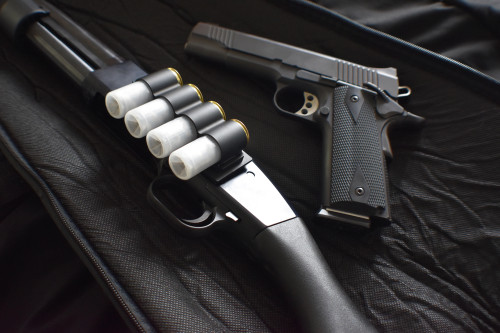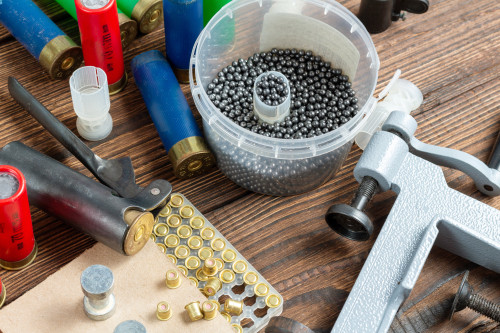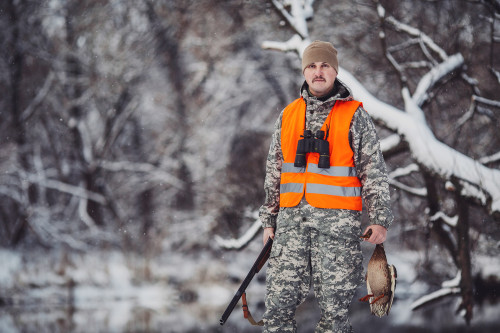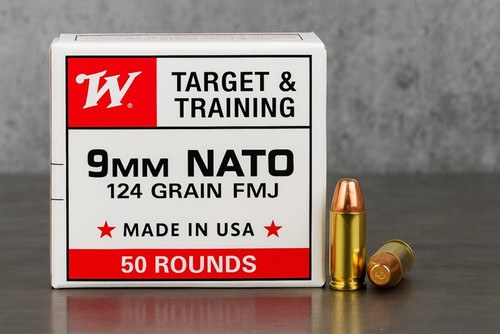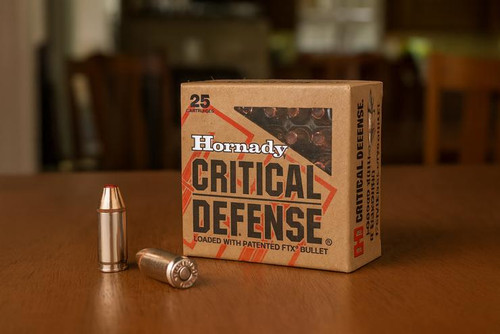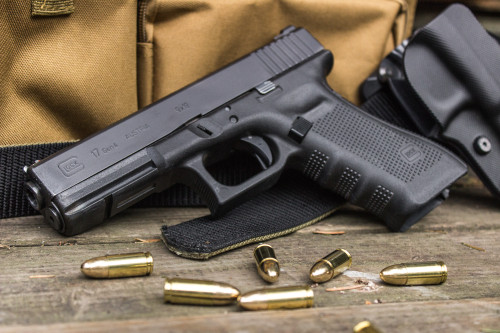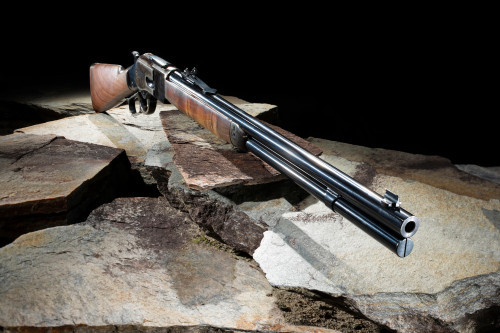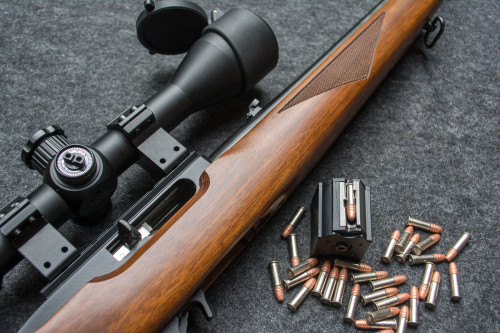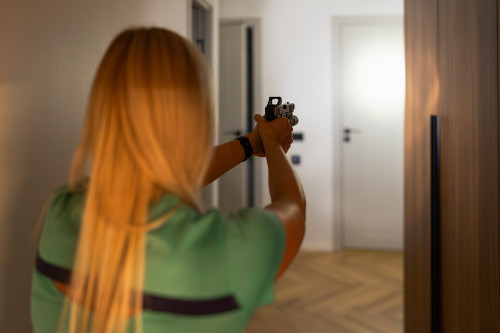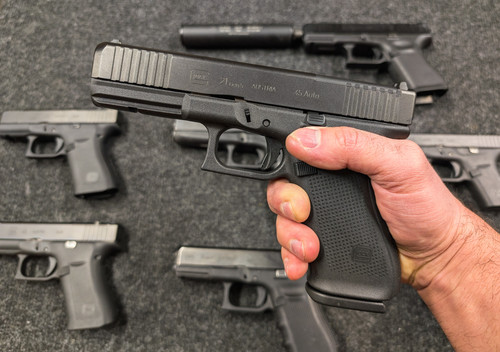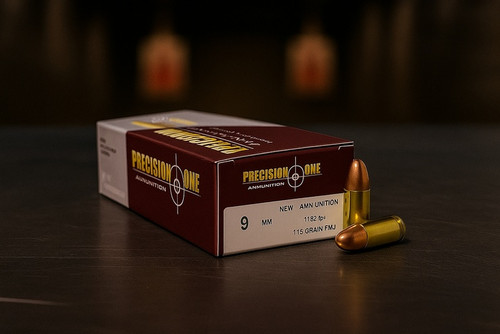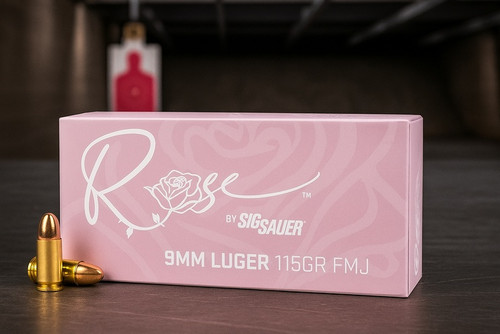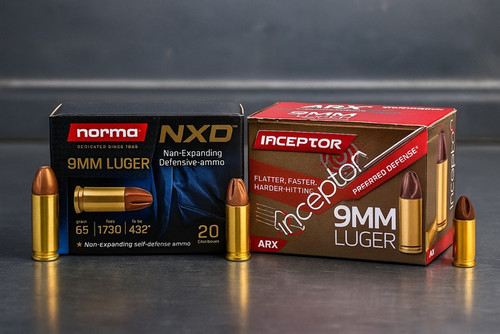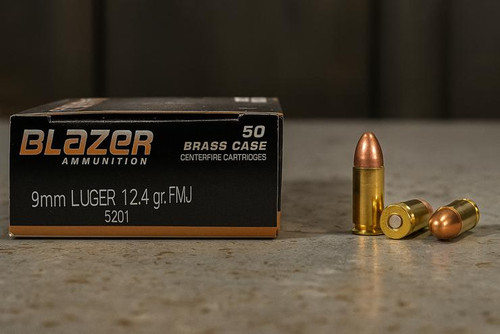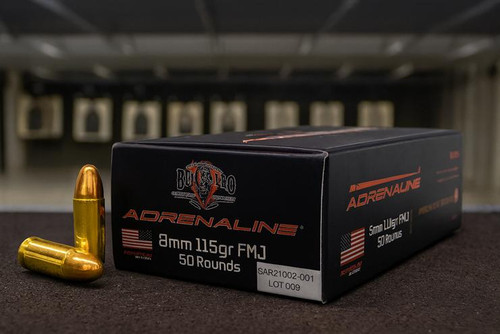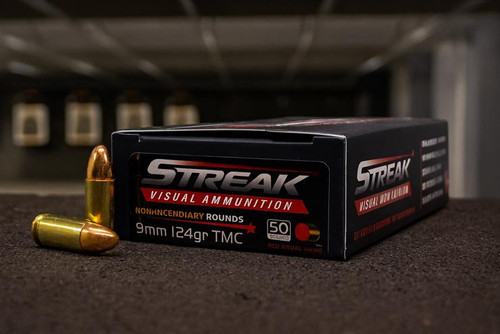A surefire way to get fists flying among shooters and hunters is to bring up the “best” caliber debate. What’s the best deer round? What’s the best long-range cartridge? Why is the 6.5 Creedmoor so overrated?
These and other questions are guaranteed to get pulses pumping, but if you want to give your favorite fudd a full-on coronary, lean in close and whisper in his ear, “The .223 is a perfectly adequate deer cartridge.”
This statement alone will probably kill him, but at least you will have made your point.But is it a true statement? Sure, under most circumstances.
Like all hotly contested debates, the two sides are equally passionate about their stance. In the case of whether or not the .223 is a viable deer round, both sides are right and wrong — depending on the particular set of circumstances or generalizations.
Let’s dive in and see when the .223 is a good deer round, and when it is not.
Brief Intro on the .223
If you call the .223 Remington a pea shooter, varmint round, or some other disparaging moniker, you’re neither entirely correct nor incorrect. The .223 certainly excels in vaporizing varmints like woodchucks and prairie dogs, but with heavier bullets it’s also a capable mid-range bullseye competitor and can even lay low trophy whitetail deer.
Briefly, the .223 is a bottleneck rifle cartridge that most commonly shoots bullets in the 45- to 62-grain range, with outliers on both ends of the weight spectrum. The .223 and its NATO/military cousin the 5.56x45mm are commonly associated with the most popular sporting arm in America, the AR-15. It excels in the AR platform as a high-speed round with low weight and recoil. When shooters are carrying a fully loaded standard-capacity 30-round magazine, they’re not weighed down too much.
.223 vs 5.56 in Brief
No doubt you’ve come across this debate in your quest for .223 ammo, but in a nutshell, guns chambered for .223 aren’t ideal for shooting 5.56 in. The cases have the smallest of dimensional differences and the 5.56 operates at a higher pressure than the .223. But .223 can be shot in guns chambered for 5.56.
Most AR-pattern guns are chambered in 5.56 or .223 Wylde, both of which will eat either .223 or 5.56. You won’t ever see “.223 Wylde” ammo on the shelf — it’s just a chambering that was designed to optimize the traits of the .223 and 5.56.
But back to the question at hand: Is the .223 going to break your heart when the buck of a lifetime steps into view? It depends.
Will a .223 Kill a Deer?
Many old school hunters will say that to effectively and ethically kill a deer or similar-sized critter, a bullet needs to deliver 1,000 ft.-lbs. of energy on target. This was a great rule of thumb back when most guns didn’t wear a scope and lobbed bullets in heavy, slow-moving calibers (by today’s standards, anyway).
Take the .30-30, for instance. No one doubts the lethality of .30-caliber slugs, and the .30 caliber is well represented in the catalog of hunting cartridges and rifles. The U.S. standardized on .30-caliber bullets and projectiles after two world wars, so they just have a knack for killing stuff dead pretty quickly.
But as bullet technology evolved, calibers outside the norm began appearing at deer camps. In the not-so-distant past, deer hunting used to be the provenance of (in general) the .243, .270, .308, .30-30, .30-06, and a handful of others. These accounted for the most dead deer each fall by a long shot and in many cases still do. But just because they are efficient killers doesn’t mean they’re right for everyone.
Now, will the .223 kill a whitetail? Absolutely, yes it will. It’ll even kill a moose given the right shot or enough time for the animal to expire. But does that mean you should use the .223 when hunting? Here again the answer is maybe.
Pros of Hunting With the .223 Remington
The number one advantage of hunting with and shooting the .223 Remington is its low recoil. There’s a fancy calculation to determine how much recoil a particular gun and cartridge combo will have, but a simple recipe for huge recoil is heavy slugs being shot at high velocity from a lightweight gun.
Minimal Recoil
No matter how heavy your .223 bullet is, if you shoot it through a lightweight gun, it won’t have much recoil. This makes it an excellent cartridge for beginners and youngsters new to shooting, as well as those who are recoil sensitive or have health issues that prevent them from holding or firing a heavy or moderately recoiling gun. At the upper extreme, bullets in the 77- to 80-grain range are great hunting rounds. But you don’t have to go that heavy to find a great deer dropper.
Low Price + High Popularity
Another advantage of the .223 is its price. It’s just about the cheapest centerfire bottlenecked rifle cartridge out there partly because there’s so little material in each round. The bullets are small, there’s a moderate charge of powder, it uses small rifle primers, and the brass is super common. Plus, the .223 is used in droves by plinkers and AR-15 shooters. Again, the round’s low recoil makes it ideal for high-volume training and just plain ol’ plinking fun.
Great Accuracy
Lastly, the .223 (like most rifle cartridges) has excellent accuracy potential. We say potential because not all .223 is accurate. Your Combloc-produced, steel cased, cat-piss smelling bulk ammo is great for making noise, but not much else.
If you want to get the most out of the .223, go for quality, brass cased ammo from a reputable manufacturer. Most .223 ammo features a full metal jacket (FMJ) bullet, but for a hunting round, a soft point (SP), hollow point (HP), or boat tail hollow point (BTHP) bullet is mandatory. In general, hunting with FMJ ammo is not only unethical but also illegal. Besides, expanding ammo puts the game down quicker anyway.
Cons of Hunting With .223
There’s no free lunch, and no one perfect cartridge for everything, no matter what your Boomer Uncle Elmer says. The .223 is a great all-around cartridge and even an admirable and capable hunting round. But like all bullets, it has limitations.
Limited Range
First and foremost, the .223 is limited in its effective range. As a bullet flies downrange, it loses momentum and precious killing power. It’s also subjected to forces of nature like wind and gravity. The .223’s lightweight bullets are more susceptible to wind drift, or being blown off target than bigger, heavier bullets. This means that when you attempt shots farther away, there’s a greater chance of wounding your game with a bad shot, or missing altogether.
For bullets in flight, gravity exerts a constant downward pressure that is exacerbated at longer ranges. Because of the .223’s moderate dose of gunpowder and lightweight projectiles, many hunting rounds begin to drop precipitously past 300 yards, where its killing power can seriously wane as well.
TIP: Shot placement is king when stacking deer bodies. You can shoot a deer in the knee with a .450 MegaWhacker but still only wound it. Or you can shoot it in the ticker with a .223 and have it drop dead in its tracks. It should go without saying, but make sure you (or whoever is shooting) knows where to put a bullet for the best chance at a clean, quick kill. This includes broadside, quartering to, quartering away, and even head-on shots.
It Might Be Illegal in Your State
The .223 is the legal minimum centerfire round for hunting use in many states — but in others it’s illegal. Check your game laws before you consider using the .223.
In states where .223 is the minimum size for hunting, it’s because of the somewhat low kinetic energy it offers. A super popular and proven hunting round, Federal’s 62-grain Fusion soft point, leaves the gun at roughly 3,000 feet per second (fps) and delivers 1,240 ft-lbs. of kinetic energy. That’s plenty to whack a deer. But at 100 yards, the kinetic energy has dropped to 1,000 ft.-lbs., which is right at the commonly held threshold for humane kills. At 200 yards it’s at 800 ft-lbs. and continues to drop from there. That said, the vast majority of deer each year are killed inside 100 yards, so this is a moot point for most hunters.
Poor Choice for (Most) Trophy Kills
You’ll want to avoid the .223 if you hunt at long-ish distances (200+ yards), or live somewhere that has freakishly huge deer (like Wisconsin or Canada). Also, if you are pursuing real trophy bucks with bike-rack sized antlers, you want to give yourself every opportunity for success, so go with something that delivers more oomph on the receiving end.
How To Hunt Deer With .223 Remington
There are tradeoffs at every turn for guns and ammo, so first determine your needs and the situations you face most often in the field. If you don’t take shots greater than 200 yards, don’t encounter horse-sized deer, are a capable shot, and it’s legal to use in your state, the .223 is a perfectly acceptable choice for taking deer-size game and smaller.
.223 Hunting Guns
A huge proliferation of guns are chambered now for the .223, including classic walnut-stocked bolt action hunting rifles, space-age looking target guns, and tiny single-shot youth models. The most popular gun in America, the AR-15, is generally chambered in the .223 (or its cousin the 5.56, which can also shoot .223). With the right setup, the AR-15 is a great deer-hunting rifle.
Shooters are learning now that with the right ammo, their AR is a capable hunting rig. ARs with barrels of 16” or longer give the bullet a longer runway to gain speed and lethality, with 18- and 20-inch variants offering even greater velocity. As the saying goes, “speed kills.”
Wood- or plastic-stocked bolt actions chambered in .223 typically offer excellent accuracy with classic lines that won’t trigger Fudd range officers at your local shooting gallery. But the future is now, old man. So inform Mr. Fudd that yes, you’ll be targeting his pet Bambi with the most popular rifle in America.
Best .223 Ammo for Deer Hunting
We’ve verified that the .223 Remington is suitable for deer hunting under the right circumstances because it meets the 1,000+ ft.-lbs. kinetic energy threshold. That said, not every .223 round is ideal for hunting. You want the most devastating terminal effects possible, and some ammo delivers more oomph than others.
For starters, FMJ ammo is illegal for hunting in just about every state, so don’t be tempted to use your cheap blasting ammo in a hunting scenario. The reason is that it’s not very reliable when delivering its killing payload. On impact, some .223 FMJ, such as the military’s M193, will yaw (turn sideways) and split into several smaller pieces, which is nasty (especially if you plan on eating the meat you gain from your buck). But the bullet must be traveling above a certain threshold for this to happen. Otherwise the round simply makes a nice, neat hole in the target.
You want dramatic expansion and destruction after entry, not a nice, clean icepick hole. The more dramatic the effect, the quicker and more humane the kill. Most soft point (SP), hollowpoint (HP), and tipped ammo (such as Sierra’s TMK) readily create mayhem after encountering flesh.
.223 Deer Hunting Test Results
Recently, we took some .223 out deer hunting to see how well it performed. During this hunt, we used Federal’s 62-grain Fusion load. Sure enough, it did the job.
Here’s a look at the entry wound:
This particular deer (an Alabama whitetail) was shot well within range of the round’s capability (about 85 yards) in a controlled, relatively stress-free situation. The round was fired from an 18-inch barreled AR-15 rifle. The animal weighed 140 pounds on the hoof. Here’s a look at the exit wound:
The deer was quartering away, which is why the shot appears to be a little far back. But the thing dropped dead in its tracks anyway. The innards were also a complete disaster. It appeared as though the deer swallowed the proverbial grenade — but the meat was just fine.
Considering all these criteria, we’d give the .223 a green light for hunting deer.
Final Thoughts
Most deer hunting situations offer acceptable circumstances for the .223. With fewer new hunters taking to the field every year, it’s high time that we put away the latest and greatest magnum blaster cartridge and get more kids into hunting. The .223 is about the best way to introduce kids to shooting centerfire rifle calibers, and it’s a competent killer, too.
With the huge influx of AR-pattern rifles into the hands of the citizenry, more .223 and 5.56 are being bought and shot, and more folks are using them to take down game responsibly and ethically. With the right gun and ammo, the .223 is undoubtedly an effective deer hunting round.
Are you looking for great quality rifle ammo you can afford for your next hunt? Look no further. Pro Armory offers small boxes and bulk cases of .223, 5.56, .30-30, .308, and much more. Browse our selection of rifle ammo and tactical accessories today.




